
With more and more businesses moving to the cloud, the need for assessing your security posture and that of your third party vendors is growing exponentially. The Cloud Security Assessment should be a big part of every organizations Cloud Cybersecurity Strategy to ensure your protecting critical assets before, during and after your move to the cloud. During a TBG Security Cloud Security Assessment, we evaluate your Cloud Security posture based on industry best practices such as CSA Cloud Control Matrix. The CSA Cloud Control Matrix is the only meta-framework of cloud-specific security controls, mapped to leading standards, best practices and regulations. CCM provides organizations with the needed structure, detail and clarity relating to information security tailored to cloud computing.

While AWS and Microsoft Azure along with Google Cloud are responsible for protecting the infrastructure and “security of the cloud”, you, the customer are responsible for the configuration and management of of the platform, applications, network and firewalls or the “security in the cloud.”
By taking a proactive approach and assessing your pieces of the shared responsibility model you’ll be taking the first step towards securing your environment and instilling confidence in your customers.
While each of the Cloud providers may have some nuances in how they share the responsibilities for securing your environment in general the premise is the same. Essentially, your cloud provider is responsible for making sure your infrastructure built within its platform is inherently secure and reliable. On the flip-side, customizable cloud capabilities like application management, network configuration, and encryption are the responsibility of the end-user.
For more details on how each provider shares the responsibility for security check below.
Azure Shared Responsibility Model
AWS Shared Responsibility Model
Google Shared Responsibility Model
Understanding your responsibilities is just the first step. Now it’s up to you to secure your environment. Cloud strategies almost always fall far behind cloud use. Gartner estimates through 2025, 90% of the organizations that fail to control public cloud use will inappropriately share sensitive data. Following a life cycle approach to cloud governance will provide you will provide the foundation in developing a more robust cloud security posture.

Cloud Security Assessments provide comprehensive view of your overall security posture and your Cloud business environment by integrating all the facets of the Cloud cybersecurity into only one assessment approach. If you’ve ever had a customer submit a security questionnaire or question your security posture, what better reason could you have for conducting this assessment and being able to provide your customers with piece of mind that your security program is in order and you take protecting their information seriously.

